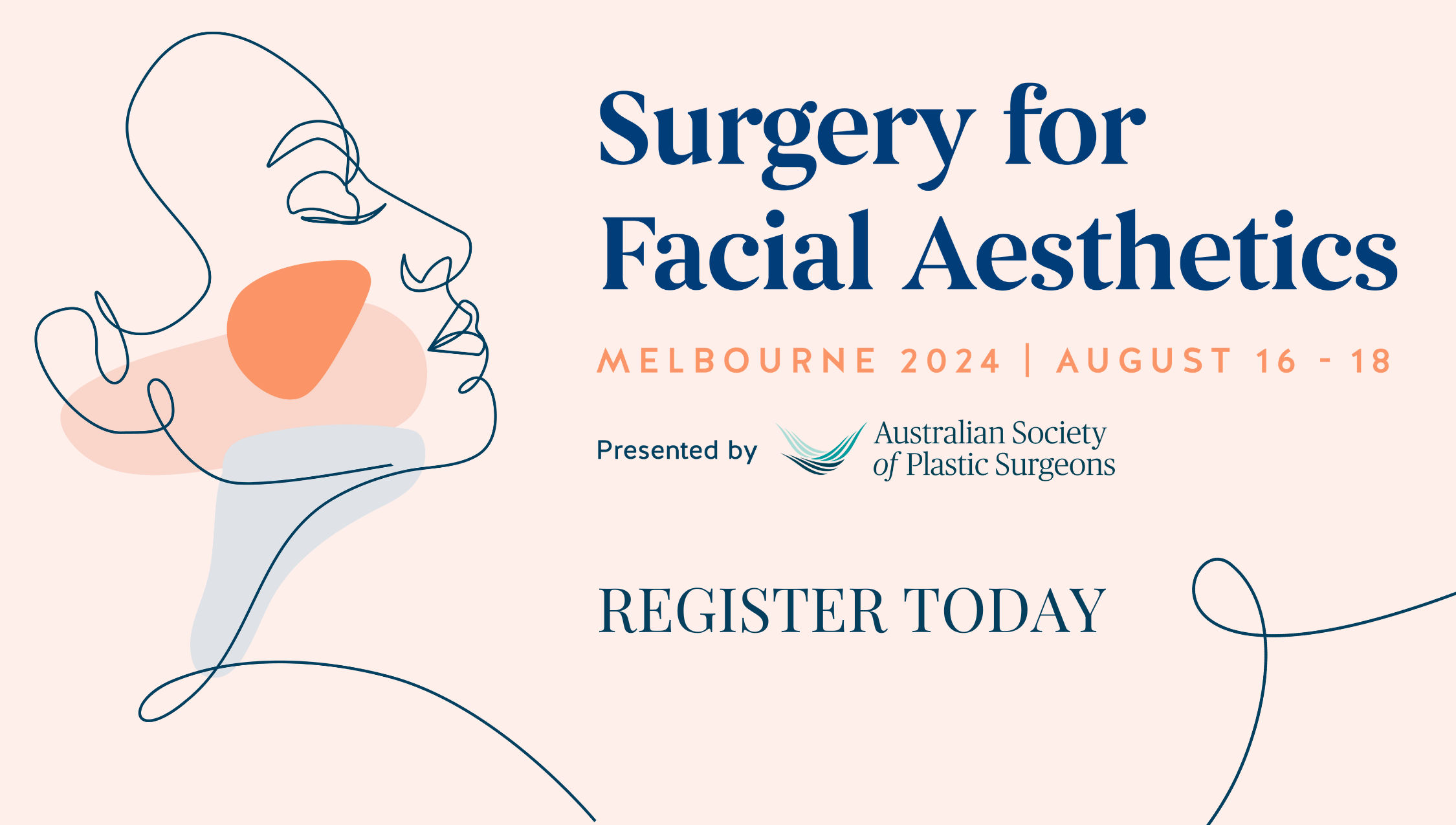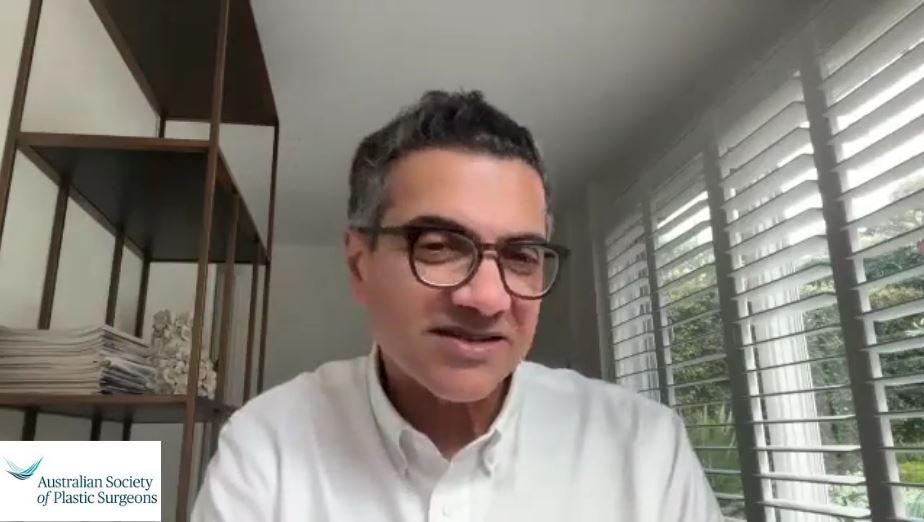Member Blog: Breast Reduction Surgery by Dr Richard Zinn

What is a breast reduction?
A breast reduction is a functional (yet still somewhat cosmetic) procedure that reduces the size of the breast while improving the shape of the breast and repositions the nipple-areolar complex. The areolar diameter can be reduced at the same time. Large breasts result in symptomatic macromastia, a condition impacting on quality of life. Symptomatic macromastia is characterized by shoulder and back pain, painful bra straps, rash under the breasts as well as headaches and pain in the arms. Patients complain of the inability to find bras that fit well. These large bras can be very expensive. They have difficulty in finding clothes that fit. They also complain of trouble exercising and poor self-esteem and body image. Patients may have suffered from large breasts since puberty and early teenage years, but may also have had increased breast size following pregnancy, breastfeeding, weight fluctuations and menopause.
Where to start?
See your general practitioner for a referral to a Plastic and Reconstructive Surgeon. Your GP may be able to suggest a trusted surgeon. It is also worth doing your own research, asking around and checking the Australian Society of Plastic Surgeons (ASPS) website for surgeons specialising in this area. There are a number of group forums where you can interact with patients who have undergone this surgery and ask about their experiences. The initial consultation with a certified Plastic and Reconstructive surgeon can be daunting. Don’t worry. A qualified Plastic and Reconstructive surgeon will have had extensive training in breast reduction surgery and would be able to minimise any risk of this procedure and manage any potential complication. Make sure you check out the credentials of the surgeon you plan to see.
Consulting a Plastic Surgeon
The initial consultation will encompass a full history, clinical examination looking at the size of the breasts, distribution of volume, size and position of the nipple and areolar, as well as examining to determine your health and the health of your breasts. Your surgeon may explore issues of hereditary and familial cancer, your personal history of breast cancer and may choose to perform a preoperative mammogram and ultrasound. Your surgeon may choose to take preoperative clinical images. You should have full rights over these images and determine how they can be used. They act as a record of your preoperative appearance and can be used to compare with your post-surgery appearance. At the end of your consultation, you should be given an opportunity to ask questions and should get clarity on the cost of your procedure.
The surgery
Breast reduction surgery can take anything from two to four hours and is performed under general anesthesia. Very large reductions will take longer than smaller reductions. Various techniques can be used to perform a reduction. The commonest are liposuction only, the vertical reduction or ‘lollipop’ and the wise pattern, ‘anchor’ or ‘inverted T’ reduction patterns. Some surgeons may prefer one particular operation to another, while some surgeons may offer all options and tailor the option according to their patient’s preference, breast size, shape and expectation. Breast reductions can be performed as a standalone procedure or at the same time as other procedures such as liposuction, abdominoplasty, mastopexy and breast reconstruction. The procedure may be done as day surgery or overnight stay depending on the preference of your surgeon. Your surgeon may elect to leave surgical drains.
Liposuction only breast reduction
This procedure does not change the skin envelope or raise the position of the nipple. It is a reasonable option in moderate breast enlargement with a tight skin envelope where the position of the nipple has not descended and does not need to be raised. It removes fat only. Skin tightening can be unpredictable and no lift can be expected.
Vertical breast reduction pattern ‘lollipop’
This procedure can be performed in conjunction with liposuction. The nipple can be elevated and the skin tightened. The shape can be excellent. It is generally a good option for larger breasts with moderate skin and volume excess.
Wise pattern breast reduction ‘inverted T’, ‘anchor’
This procedure can remove the largest volume of breast tissue, fat and skin and elevate a very low nipple areolar complex. This procedure is well suited to moderate to very large breast reductions and can also incorporate liposuction.
Breast reduction and free nipple grafts
In massive breasts (gigantomastia), when the nipple has descended very low and is unlikely to survive the impact of the reduction on its blood supply, a breast reduction may need to incorporate a free nipple graft. This is to ensure the largest possible reduction can be performed and the nipple is retained, albeit without its sensory or breastfeeding capability.
What can you do in anticipation of your surgery?
-There are a number of things you can do to optimize your breast reduction result. Try and be at a goal weight (preferably a body mass index less than 30) or your optimal body mass. The closer you get to this, the better you can expect your outcome from your surgery.
-Exercise and keep fit. Recovery from surgery is easier for fit and healthy patients who are ‘preconditioned’ for their surgery. Wound healing is improved and you should bounce back from your surgery faster.
-Avoid smoking for at least three weeks before and after your surgery. Large studies show that wound healing and other complications are increased threefold in active smokers.
-Avoid blood thinners and make sure your surgeon is aware of all medication and supplements you may be taking. Some over-the-counter medication can increase your bleeding time and increase the risk of bleeding following your operation.
After surgery
Following your surgery, your surgeon will advise their preference in terms of bras, massage, icing your breasts, scar management and follow up protocol. Each surgeon will have an individual approach to drains and dressings. Your early post-operation volume will still encompass swelling and you can expect your breast volume to reduce up to around six months when you will approach your final volume. Scars will continue to improve up to 18 months and your surgeon will advise on a scar management plan.
Common questions:
Can I exercise after surgery?
You should rest up for a few weeks after your surgery but can do light walking within the first week. You may commence low-intensity cardiovascular activity (cycle machine) at around four weeks and full exercise at six weeks. Your surgeon will advise when they believe you can go back to driving, housework and your occupation. Most wounds and scars are well healed by four weeks when scar management can commence. Swimming in the ocean and pools may be allowed between four and six weeks after surgery.
Can my surgeon guarantee a bra size?
Surgeons cannot predict exactly what bra size you will be able to wear following your operation. Trying to commit to a specific size can lead to disappointment. Bra sizing is classically inaccurate and this should not be the goal of the surgery. Rather aim for a smaller, more comfortable size and improved shape. Try to clarify with your surgeon your exact goal, be it ‘as small as possible’ or ‘fuller, shapely, upper pole volume and body congruous’.
Will I have nipple sensation after my procedure?
Generally, the larger a breast reduction, the lower the chance of retaining nipple sensation as more tissue needs to be removed and there is a greater likelihood of injuring the nerve to the nipple-areolar complex. No specific reduction pattern or pedicle has conclusively been proven to spare nipple sensation more than any other. Liposuction only breast reduction probably has the lowest risk of affecting nipple sensation. A number of studies quote a 30% risk of nipple sensory loss at the time of surgery. Some patients actually have increased nipple sensitivity, and others may remain unchanged
Will I be able to breastfeed after my surgery?
If you lose sensation to your nipples, you will not be able to breastfeed. Two-thirds of women are able to breastfeed following their reduction. Some of those women need to supplement their breastfeeding with formula. This is due to reduced production of breast milk from their reduced breast volume.
Bras:
Soft, non-underwire bras are recommended for six weeks following surgery. Underwire bras are not recommended until all open wounds have resolved, but even then, many women feel comfortable in a crop or soft, non-underwire bra and may not want or need to return to underwire bras.
Breast cancer:
The risk of breast cancer is reduced following breast reduction surgery as a volume of the breast has been removed. Breast surveillance is still required as per recommended guidelines. Rarely, breast cancer can be diagnosed at the time of preoperative investigations (clinical examination, ultrasound and mammogram) or at surgery itself when the tissue is sent off for pathological examination. Your surgeon should be sending your breast tissue away for examination and you should insist on finding out the result of this investigation.
Can breasts regrow after breast reduction surgery?
Certainly. With age, weight gain and loss, pregnancy and menopause, breast volume can fluctuate and ultimately, breasts may enlarge again. Fortunately, this is uncommon. Breast reductions can be repeated, although with increased complexity.
Should I have my breast reduction before having kids?
This is a personal question and only you know the answer. Discuss this with your Plastic surgeon, your partner and your family. If you have symptomatic macromastia, symptoms are unlikely to resolve. Are you willing to live with these symptoms until you have completed your family, and likely for some time beyond? If you are planning to breastfeed, then delaying till you have had your pregnancies will offer the greatest likelihood of being able to breastfeed. Waiting may then be appropriate. Certainly, pregnancy will impact on the final volume and shape of your breasts after a breast reduction.
Finally, a breast reduction is a very satisfying procedure both for the patient and the surgeon. Recovery is generally quicker than expected, with less pain than expected. Patients are usually very happy to have their symptoms resolved and have improved shape, position and appearance of their breasts and bodies. We wish you the best for the journey that lies ahead and a speedy, uneventful recovery.
Written by Dr Richard Zinn (FRACS, MMED, MBChB)
richardzinnplasticsurgery.com.au
Featured Stories

AJOPS Blog: Exploring rural and regional issues
Providing plastic surgery services in rural and regional areas of…
Continue reading Like
Like

